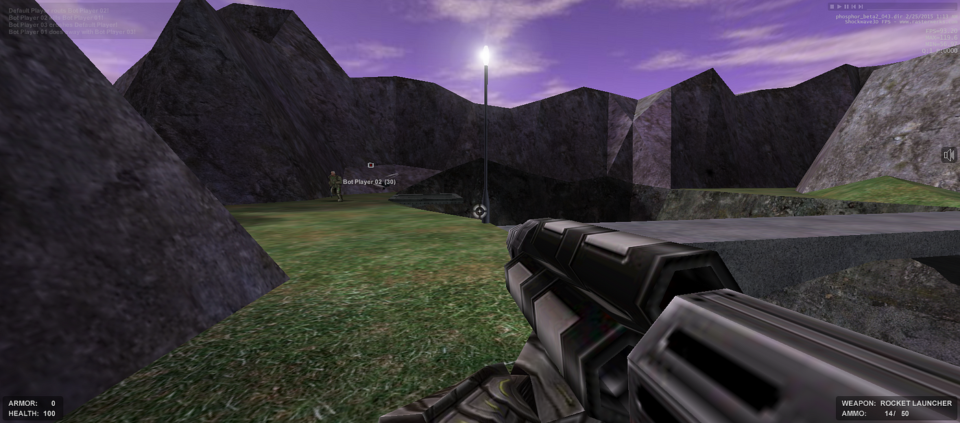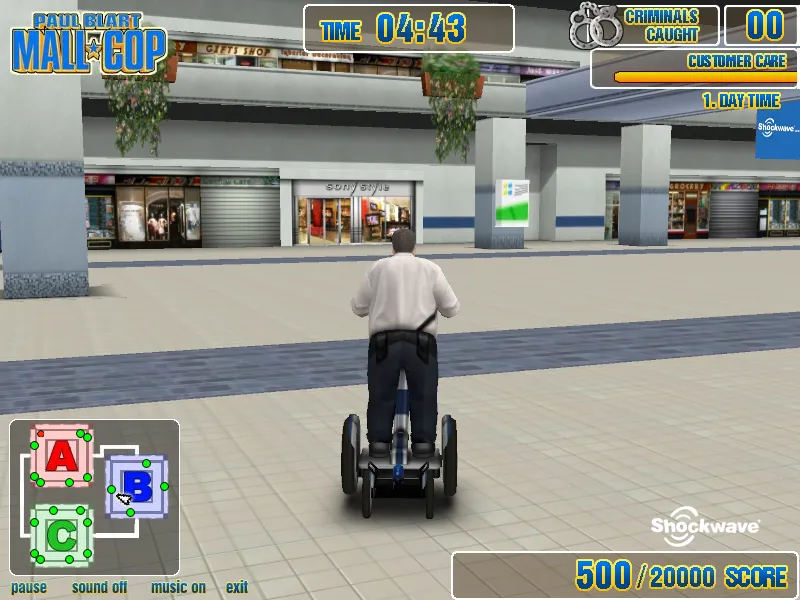Introduction:
In the ever-evolving landscape of multimedia content creation, certain technologies have left a significant mark. Adobe Shockwave, once a pioneer in interactive multimedia experiences, has had a remarkable journey through the past, stands strong in the present, and holds promising potential for the future. Let’s delve into the history, current status, and future prospects of Adobe Shockwave in the realm of multimedia content creation.
The Past: Origins and Evolution
Adobe Shockwave, originally developed by Macromedia, emerged in the mid-1990s as a groundbreaking technology for delivering interactive content on the web. It allowed developers to create engaging multimedia experiences combining animations, games, and interactive applications. Shockwave quickly gained popularity, becoming a staple in web design and entertainment.
During its heyday, Shockwave powered countless websites, offering users immersive experiences ranging from educational tools to captivating games. Its versatility and widespread adoption made it a cornerstone of multimedia content creation in the early internet era.
The Present: Adaptation and Continued Relevance
Despite the emergence of newer technologies and the acquisition of Macromedia by Adobe in 2005, Adobe Shockwave has maintained its relevance in certain niches of multimedia content creation. While its usage has declined in favor of alternatives like Adobe Flash and HTML5, Shockwave still finds application in specific industries and legacy systems.
Today, Adobe Shockwave continues to be utilized in sectors such as education, training, and interactive entertainment, where its capabilities remain unmatched by other platforms. Although its prominence has diminished, Shockwave persists as a reliable tool for delivering engaging multimedia experiences to audiences worldwide.
The Future: Potential and Challenges
Looking ahead, the future of Adobe Shockwave presents both opportunities and challenges. As technology evolves, the demand for more sophisticated multimedia content continues to rise. While Shockwave offers unique features and functionalities, its compatibility limitations and declining support pose obstacles to its widespread adoption.
However, with strategic updates and adaptations, Adobe Shockwave could potentially carve out a renewed niche in the multimedia content creation landscape. Leveraging its strengths in interactive capabilities and user engagement, Shockwave has the potential to thrive in emerging fields such as virtual reality (VR) and augmented reality (AR).
To secure its future relevance, Adobe may need to invest in modernizing Shockwave, ensuring compatibility with contemporary web standards and addressing security concerns. Additionally, fostering a vibrant developer community and providing comprehensive support could revitalize interest in Shockwave among content creators and consumers alike.
Conclusion: Embracing the Legacy and Potential of Adobe Shockwave
As we reflect on the journey of Adobe Shockwave – from its pioneering days to its current status and future prospects – it’s evident that this technology has left an indelible mark on the world of multimedia content creation. While its prominence may have waned over time, Shockwave’s legacy persists, and its potential for innovation remains untapped.
Whether as a nostalgic reminder of the early internet or a platform for future multimedia endeavors, Adobe Shockwave continues to captivate audiences with its interactive experiences. As we navigate the ever-changing landscape of technology, let us not forget the contributions of Shockwave and embrace the possibilities it holds for the future of multimedia content creation.








